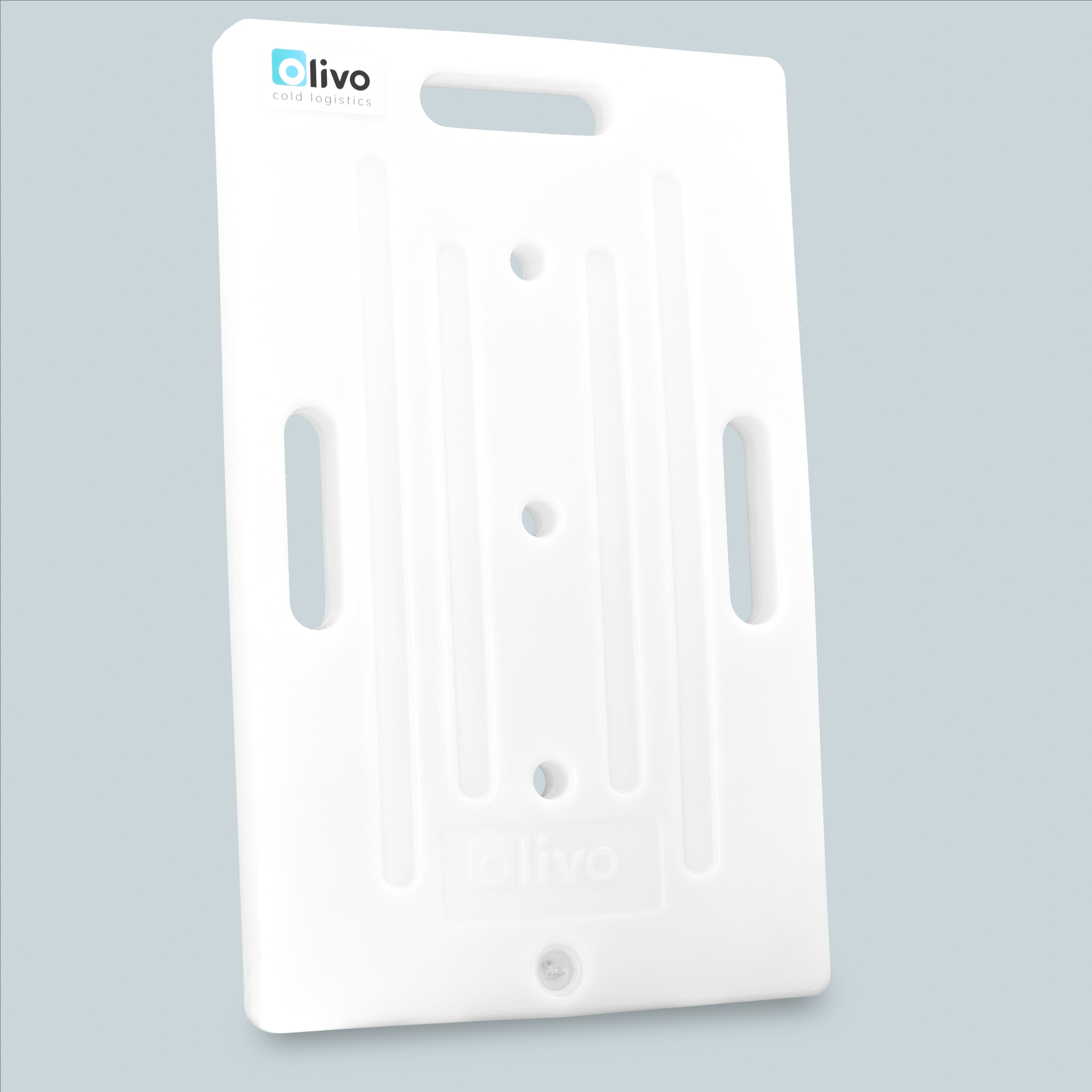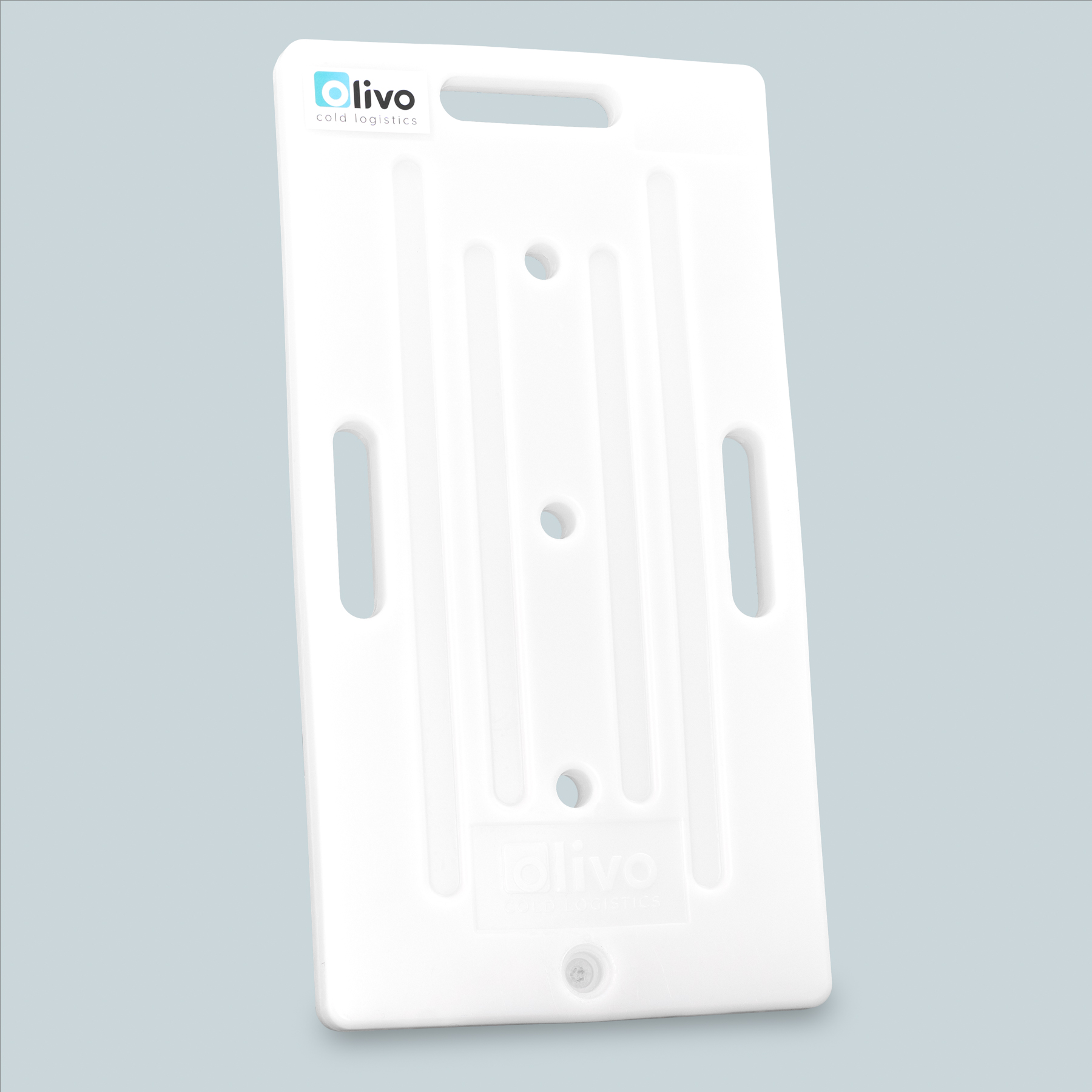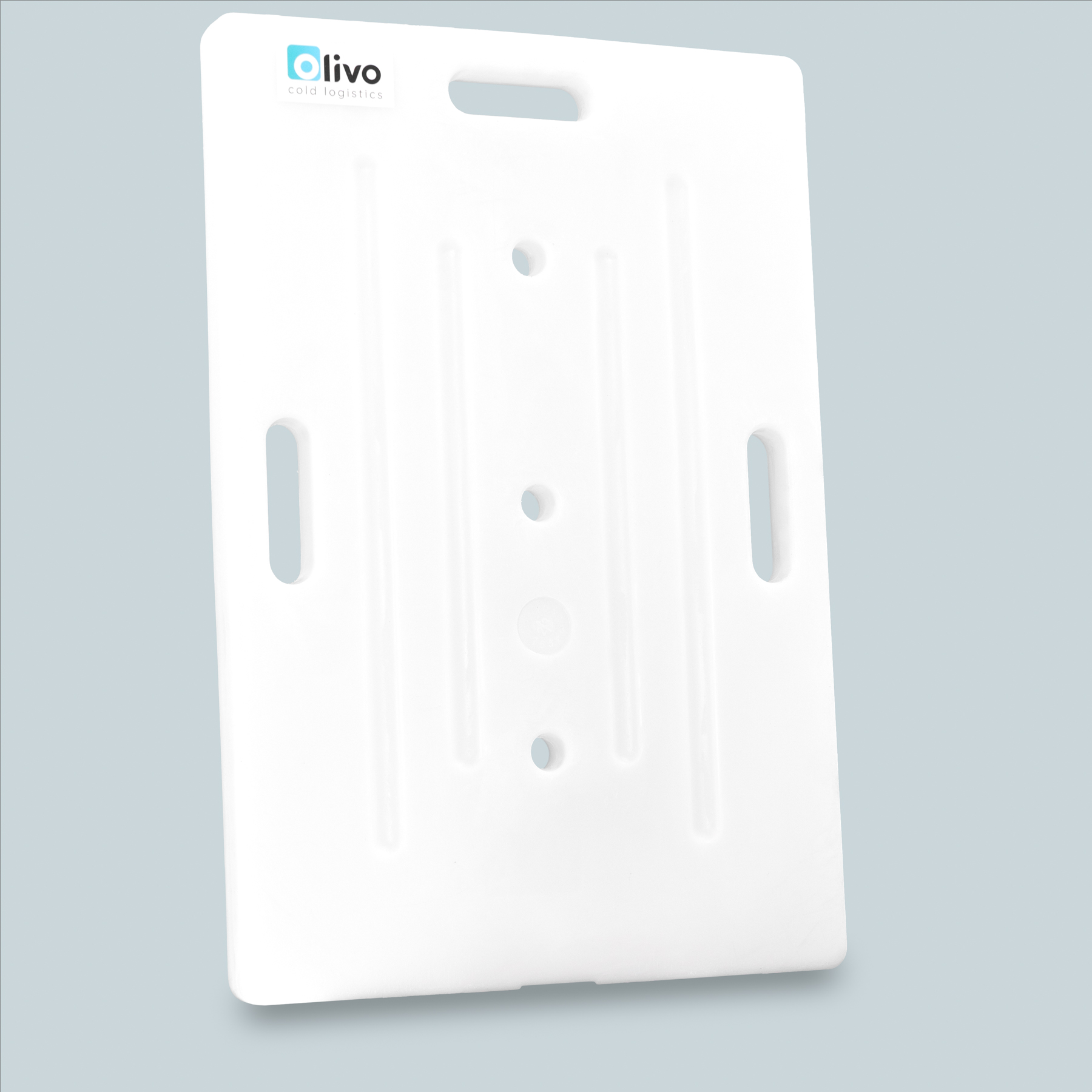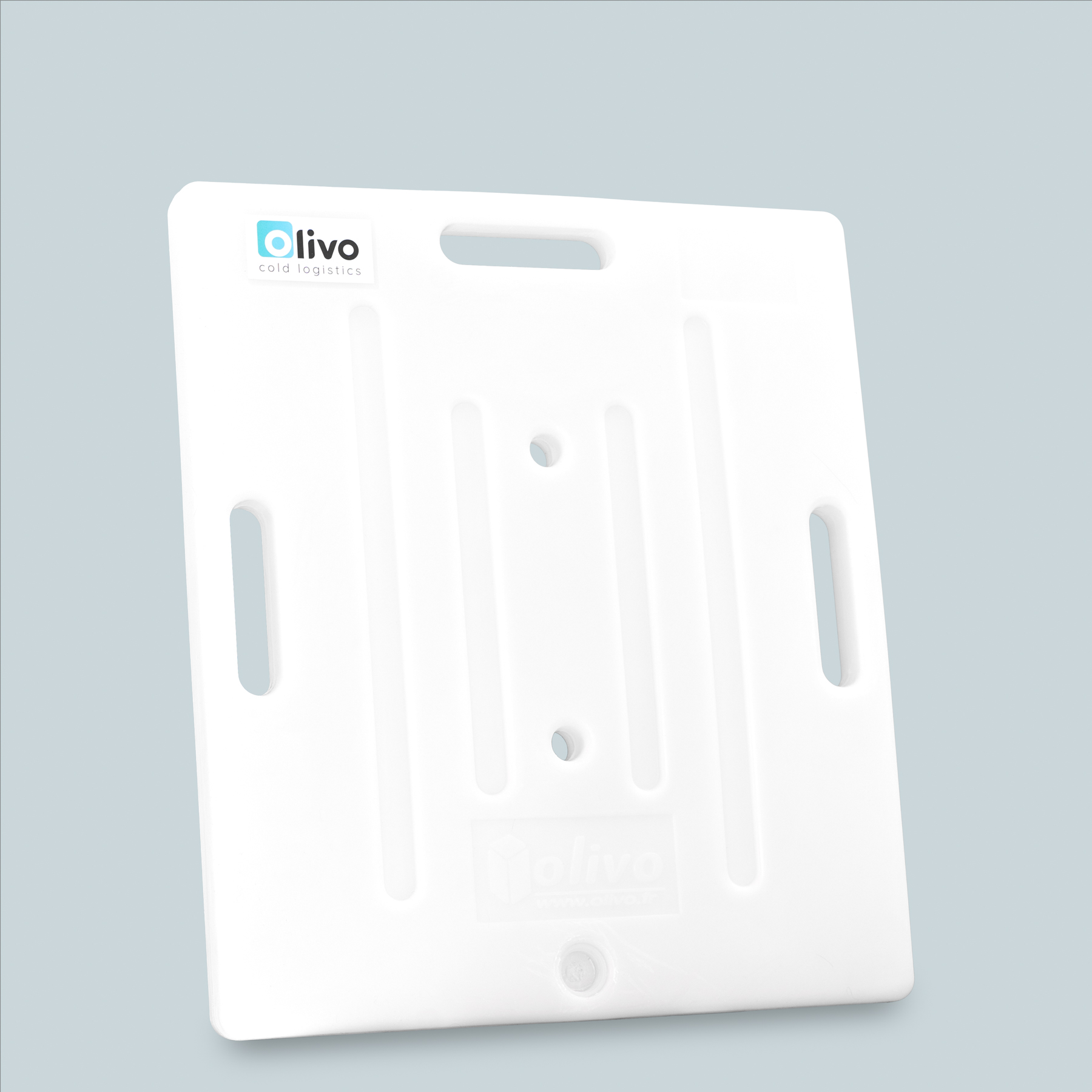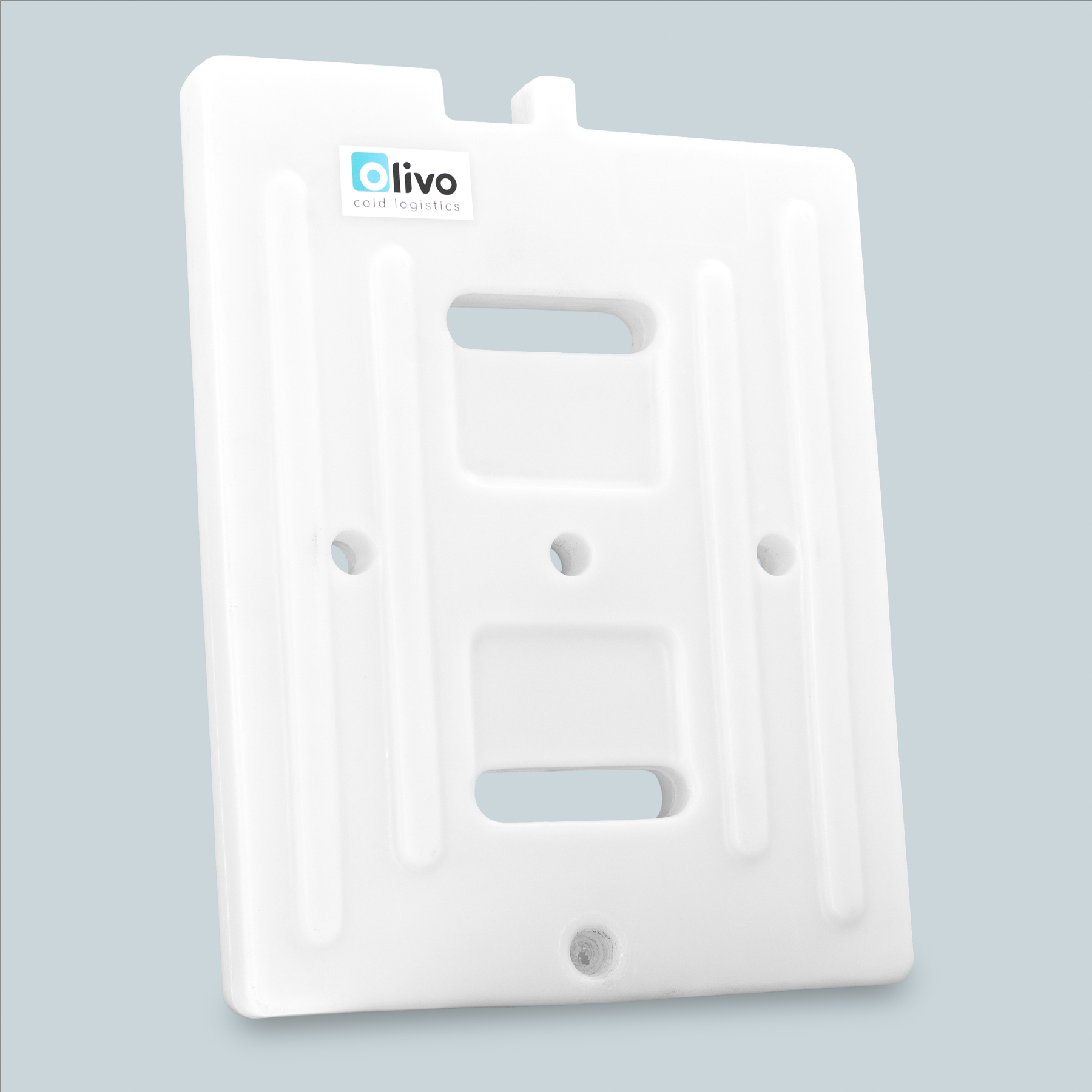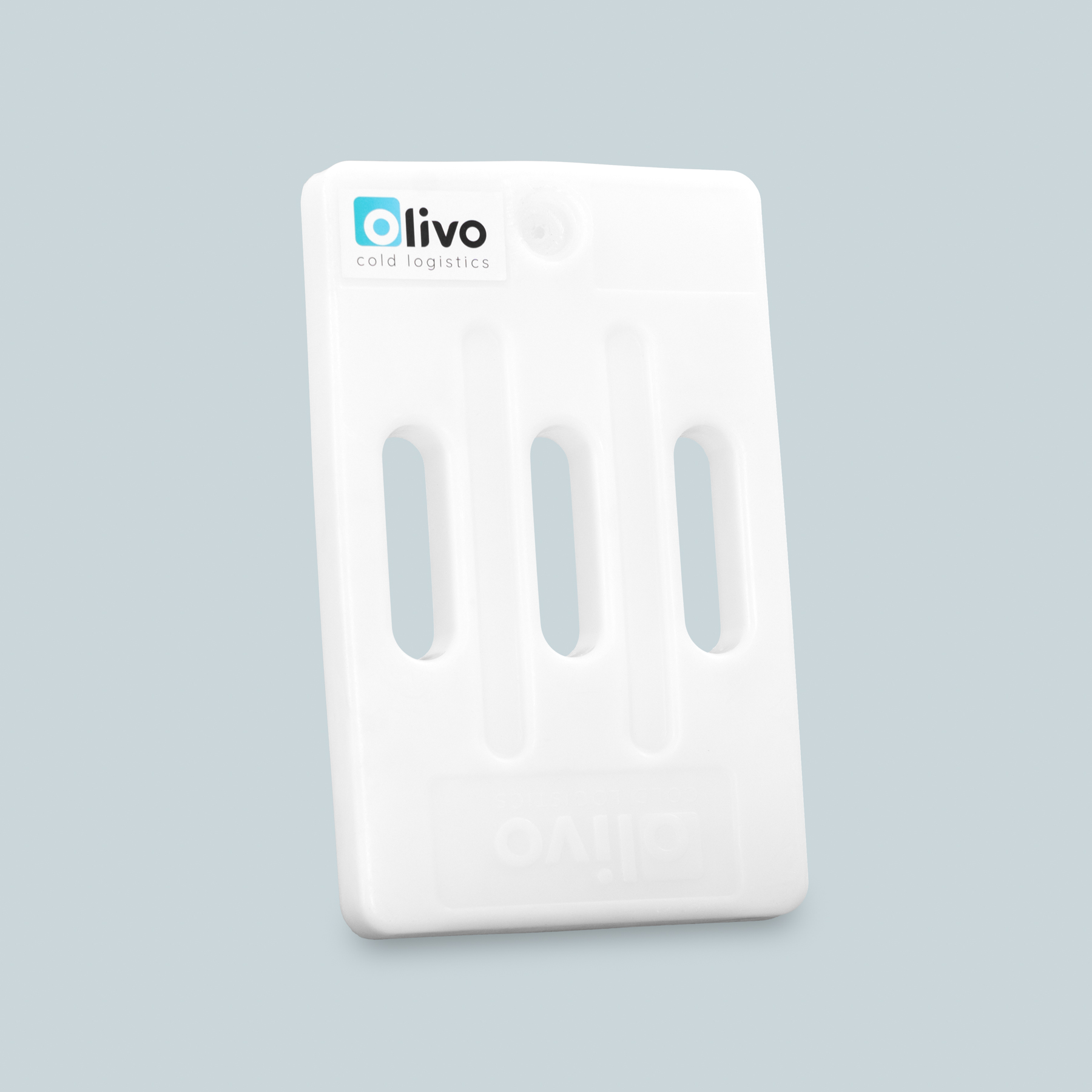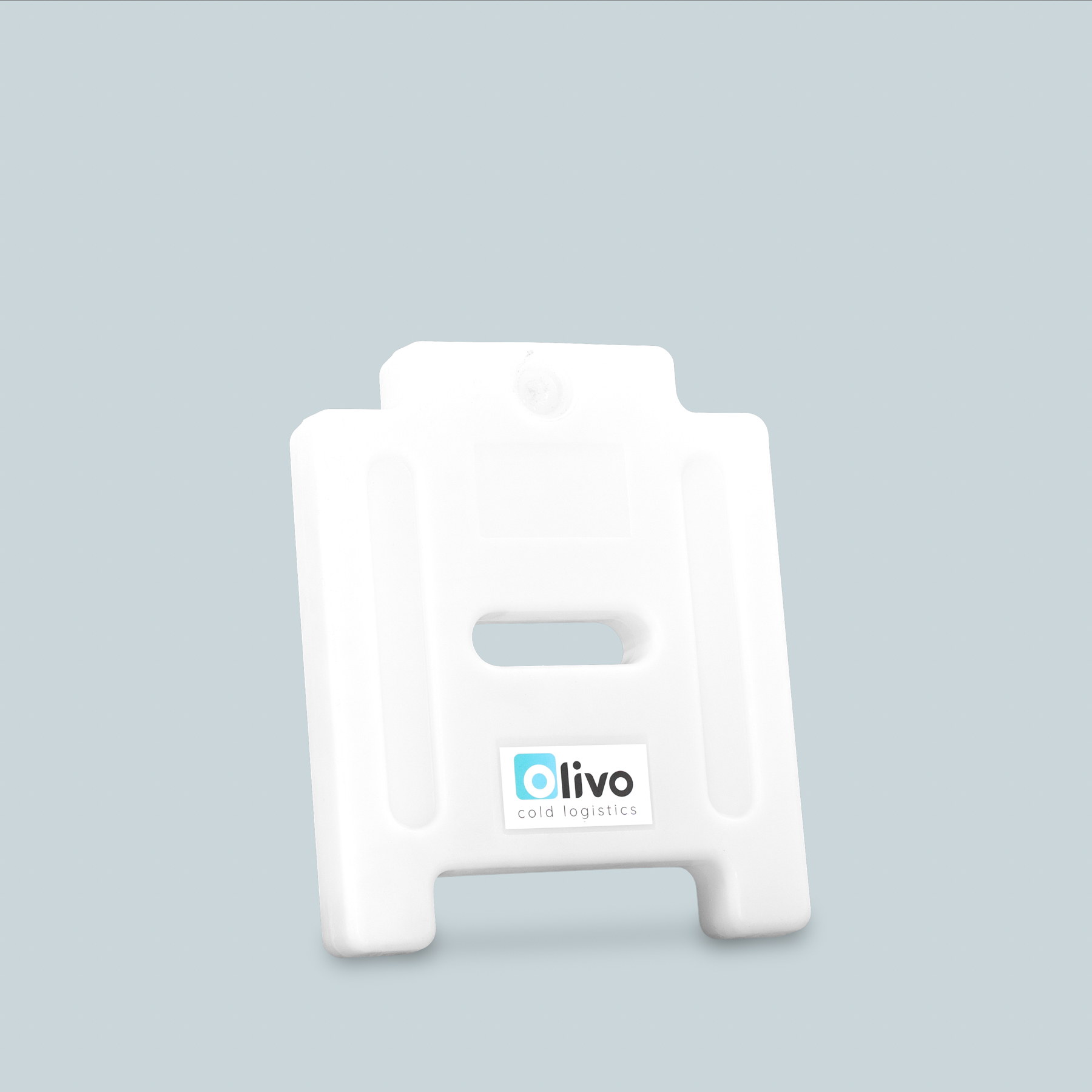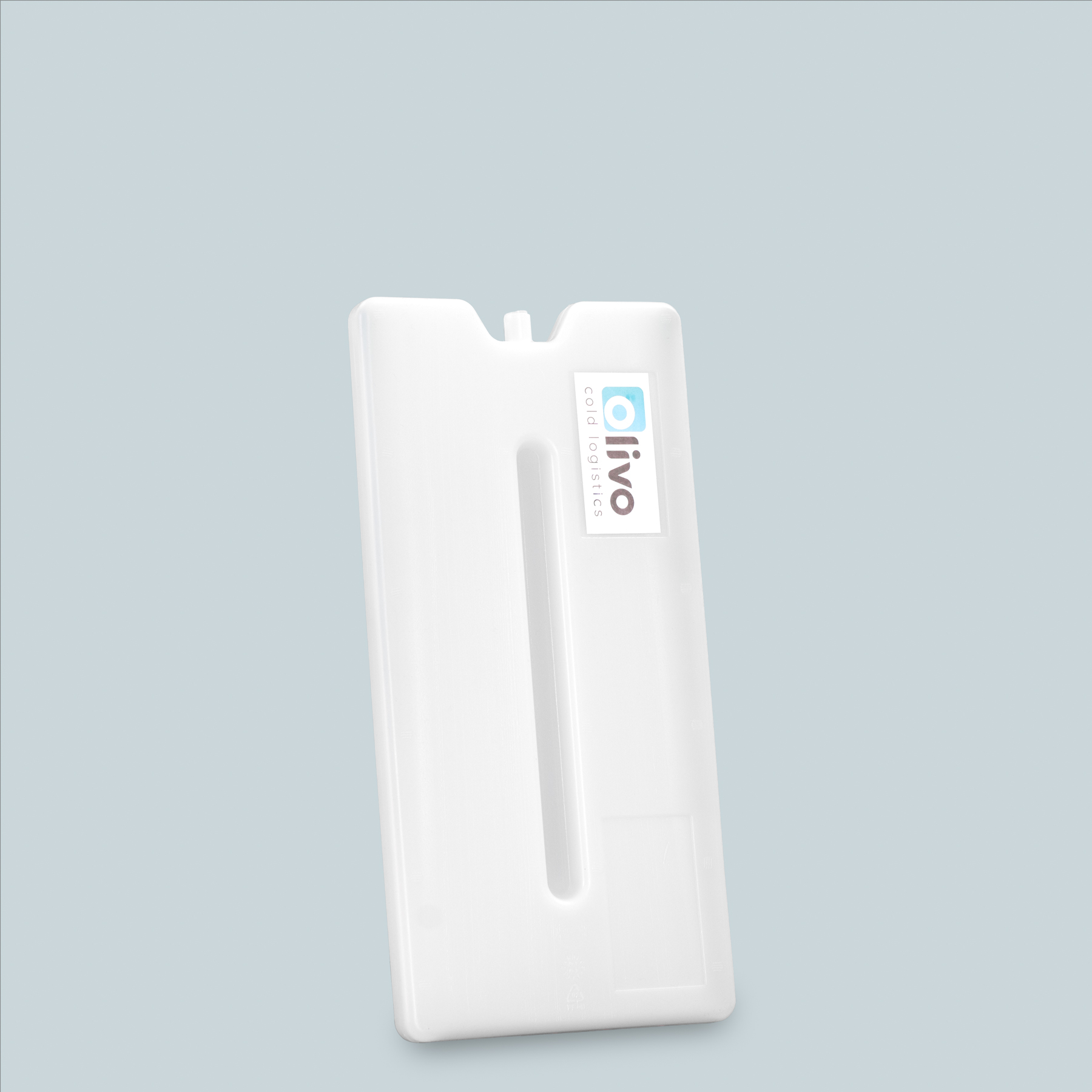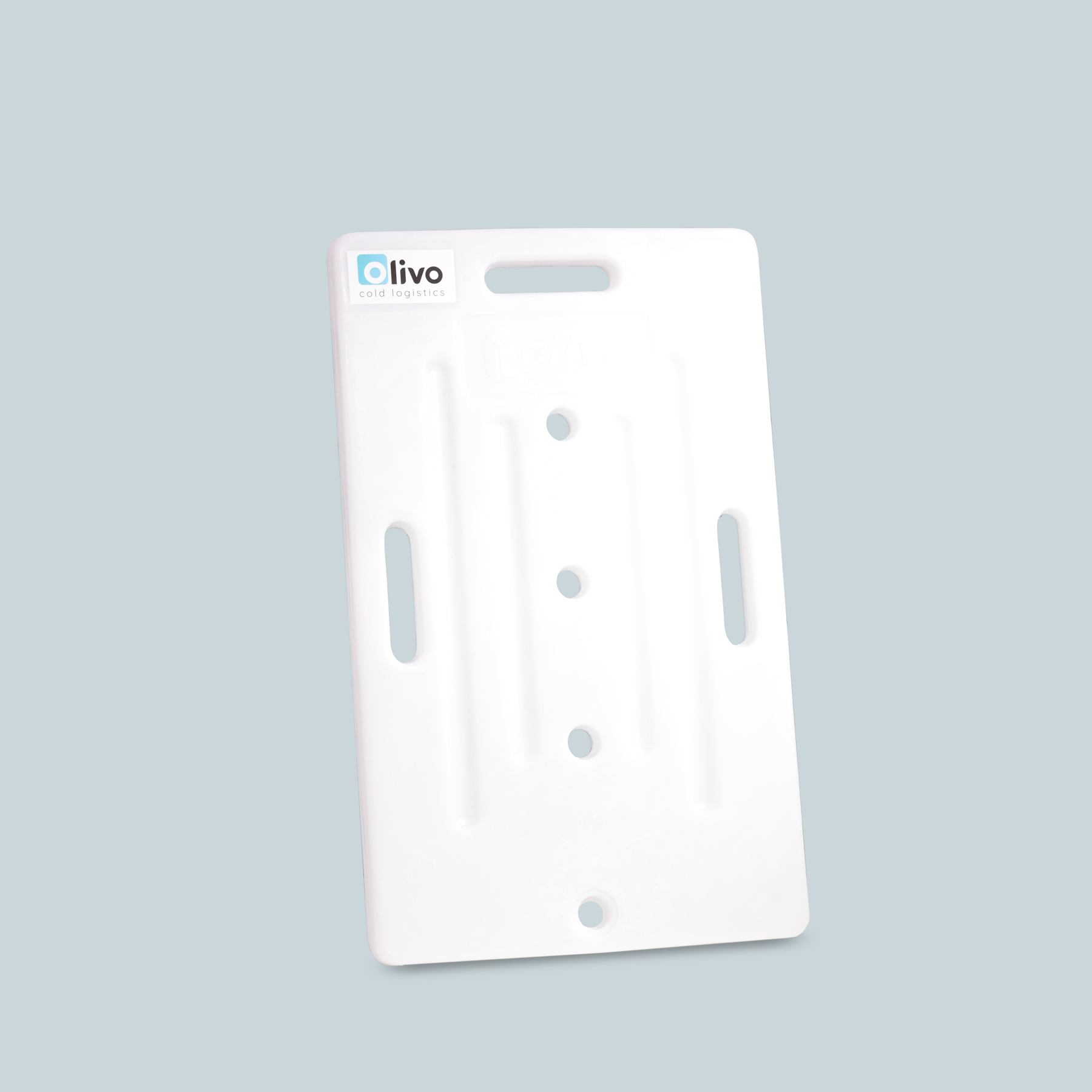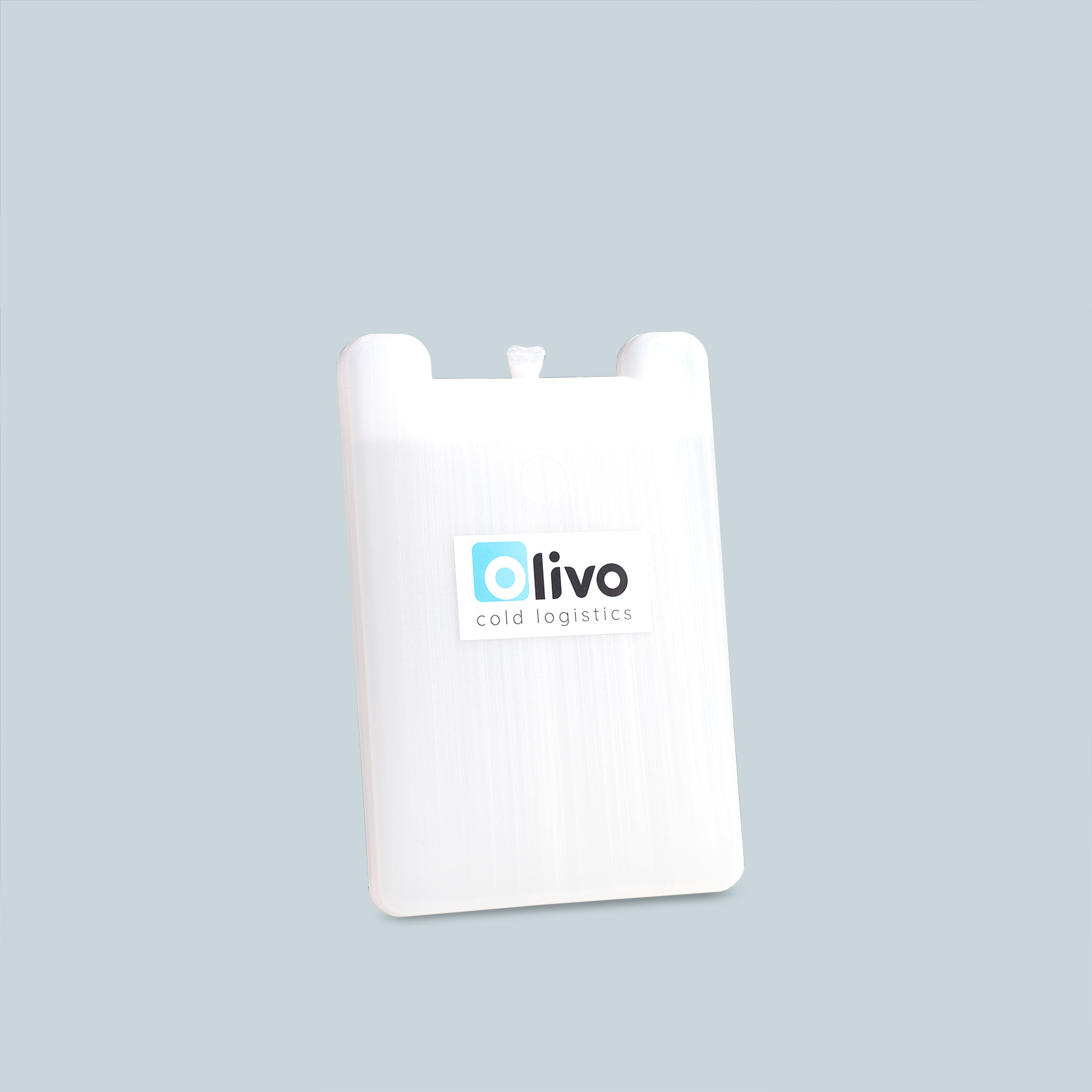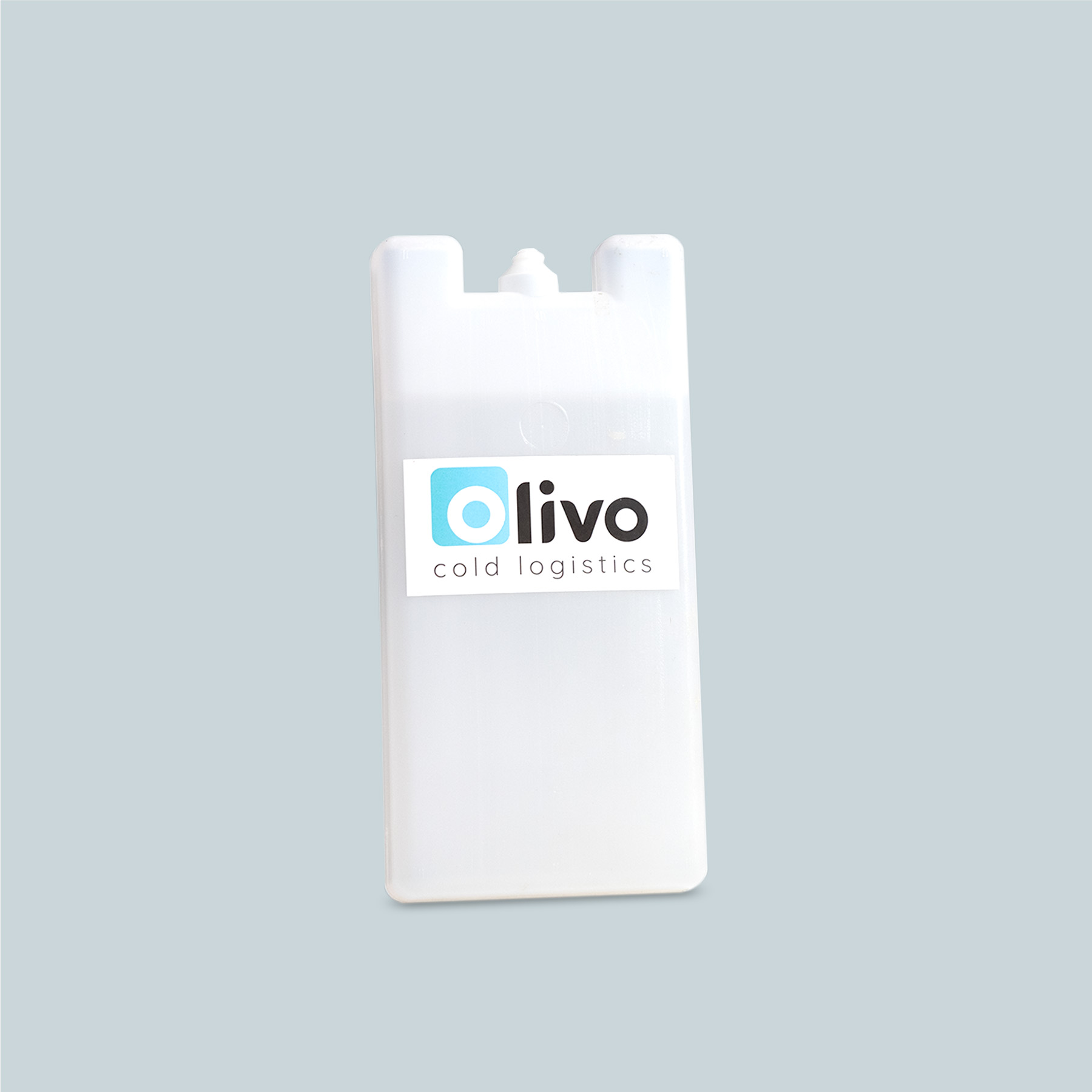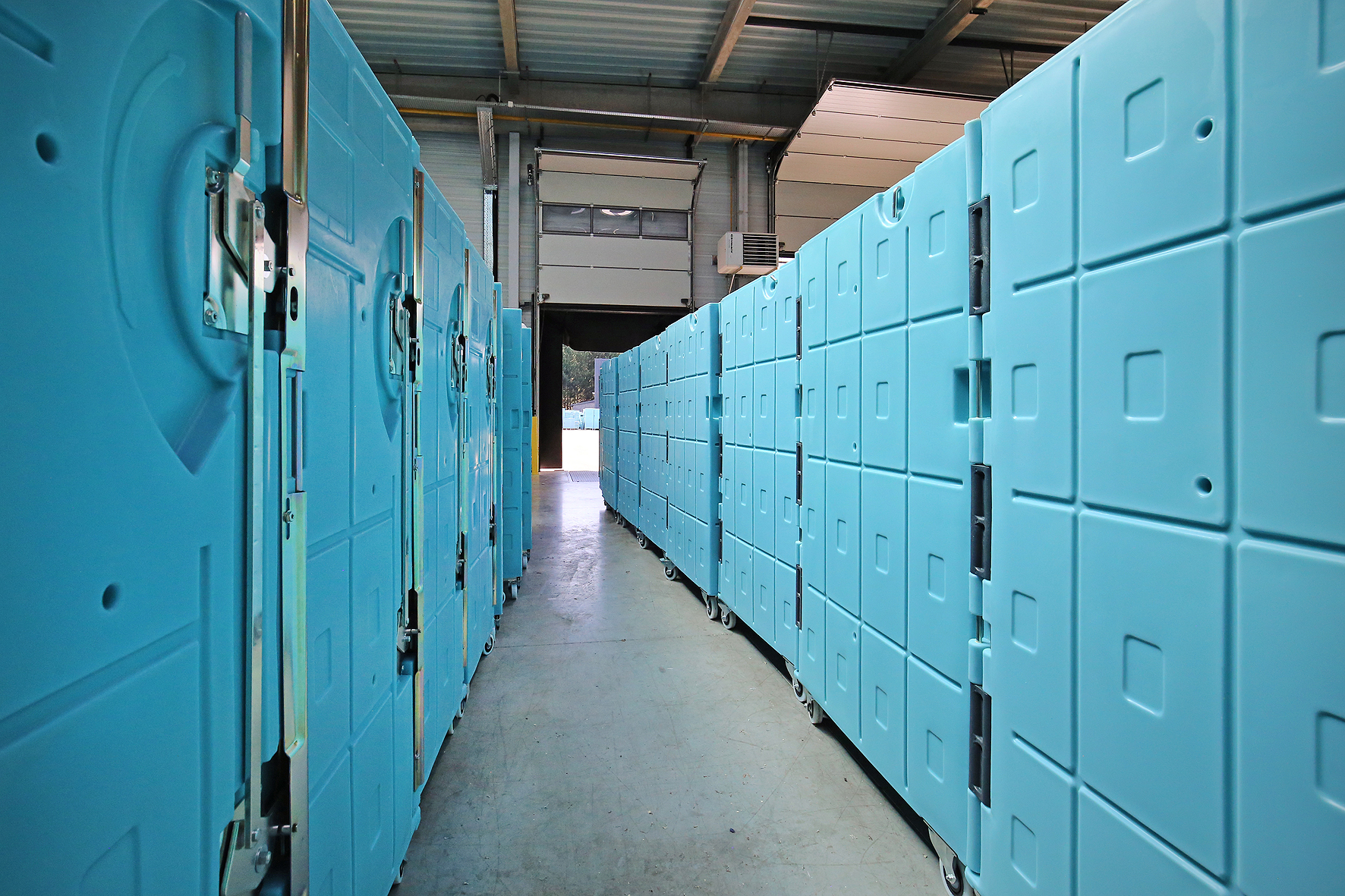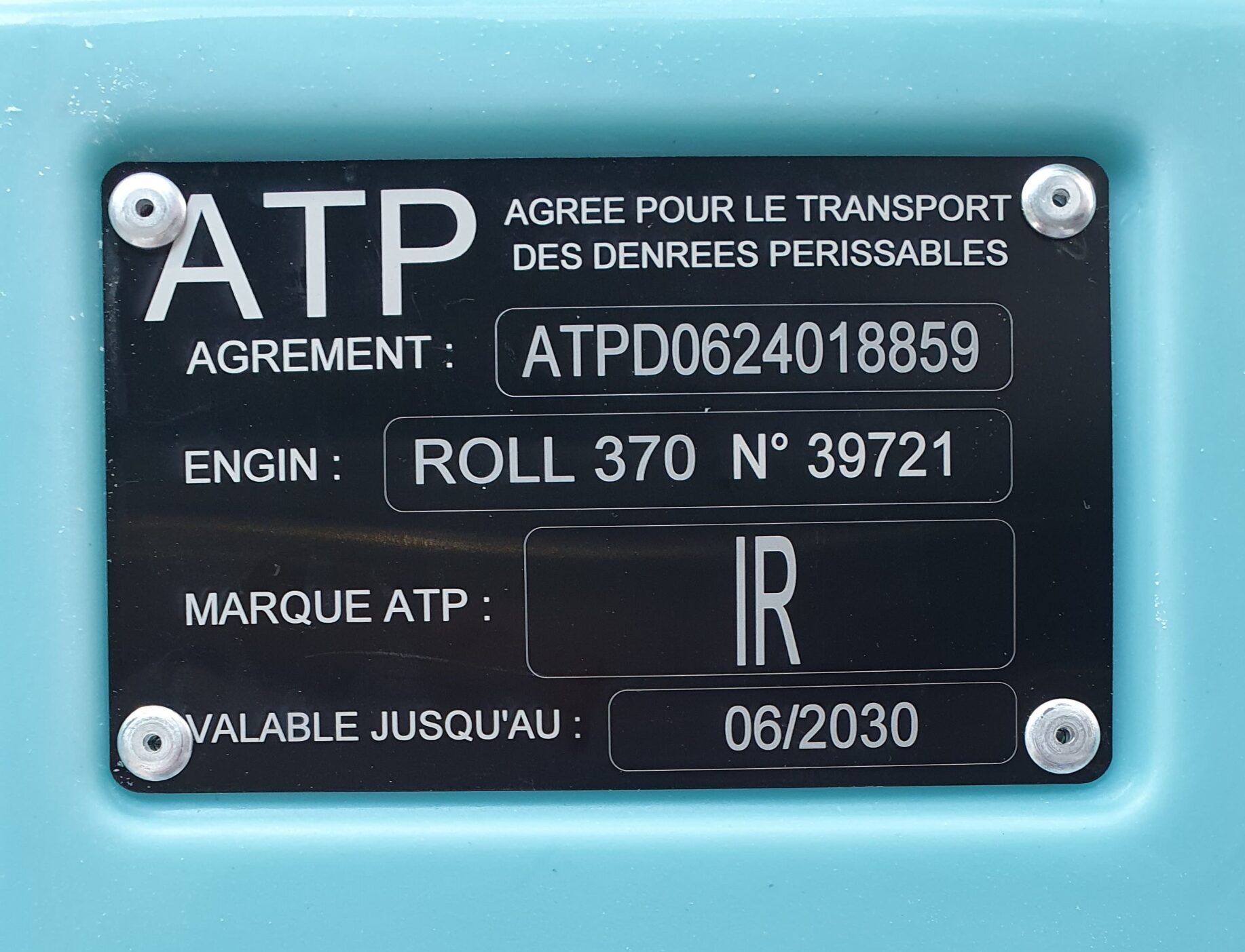Passive cooling
An energy-free approach to maintaining the temperature of sensitive products
In the world of cold logistics, maintaining the temperature of sensitive products is essential. Passive cooling is an ingenious method that uses insulating materials to limit thermal exchange and ensure optimal temperature conditions throughout the delivery process.
Passive cooling is an approach to preserving temperature-sensitive products that does not rely on external energy sources such as compressors or refrigeration units. Instead, passive cooling uses insulating materials such as polyurethane foam or expanded polypropylene to limit heat exchange between the inside and outside of a confined space, such as an insulated container.
Passive cooling, frequently asked questions
-
Eutectic plates
How does a eutectic plate work ?
A eutectic plate is a device designed to store thermal energy, in the form of heat or cold, and then to release it gradually to maintain a specific temperature. It works on the thermodynamic principle of phase change, i.e. the transformation of a solution from liquid to solid state and vice versa.
The eutectic plate absorbs the heat from outside the container while releasing a constant amount of cold. It is by passing from the solid to the liquid state, by the absorption-release phenomenon, that the eutectic plate maintains a constant temperature inside the insulated container.
-
Eutectic plates
What are the parameters that guarantee the effectiveness of a eutectic plate ?
How effective a eutectic plate is depends on several parameters, namely:
- The capacity of the eutectic solution: the choice of solution is decisive. It must be selected taking account of the temperature range required to maintain products at the target temperature. Each temperature range [+2°C/+4°C, +2°C/+8°C, +15°C/+25°C, etc.] has a specific application;
- The model of plate: the size and shape of the eutectic plate are two decisive factors as they are adapted to specific models of container;
- The container: good thermal insulation prevents the transfer of heat, thereby maximising the performance de the eutectic plate (temperature maintenance time);
- The method of preparation: the eutectic plate must be completely solid when it is used. It is as it liquefies that it releases the cold that keeps the products at the right temperature. For more details, you can download the protocol in the section Using eutectic plates;
-
Eutectic plates
What is eutectic plate used for ?
The eutectic plate is a device filled with an aqueous, saline solution and a food colouring. It absorbs heat input during transport and provides continuous cooling through the latent heat of fusion of the eutectic solution, which changes from a solid to a liquid state. Better suited to medium-sized logistics operations, the eutectic plate is a simple refrigeration system that maintains the temperature of products for 12 to 24 hours maximum.

Olivo’s insulated containers are designed with high-quality insulating materials (PU foam) that minimize thermal exchange with the external environment. These insulating materials act as an effective barrier against heat and cold, allowing for a stable temperature to be maintained inside the container for an extended period without requiring an external energy source.
Passive cooling is a cooling method that harnesses natural phenomena without resorting to mechanical or electrical devices. This method relies on the use of materials and designs that exploit the principles of thermodynamics to maintain low temperatures. Passive cooling leverages natural resources and thermodynamic principles to keep temperatures cool without requiring additional energy.
In conclusion, passive cooling represents an effective and economical solution for maintaining the temperature of temperature-sensitive products in cold logistics.
Our must have

Our news in cold logistics
View the blog
Our solutions of insulated containers
Cold sources designed for your containers

